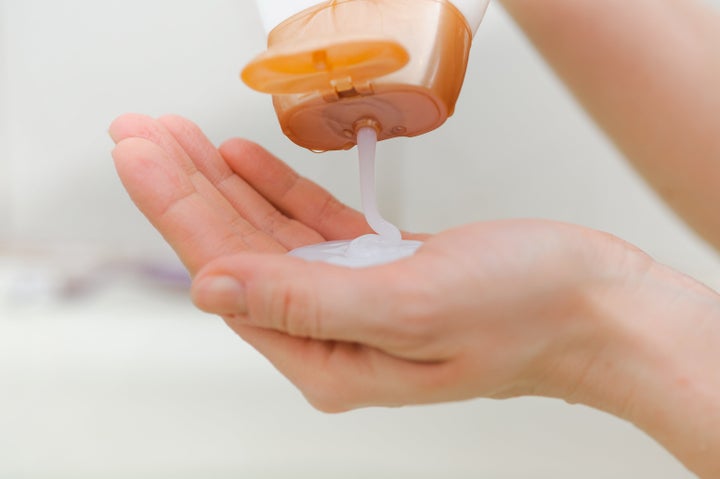The shampoo, cleaning products and even perfumes we use could be creating as much harmful air pollution as the traffic outside, claims a new study.
Traditionally, we’ve always believed that outside air pollution from cars, industry and public transport have been the main culprits regarding air pollution. Indeed the US Environmental Protection Agency estimates that a massive 75% of the fossil-based air pollution comes from fuel-related sources (cars) with only 25% coming from chemical products (cleaning products, cosmetics, paint, perfume).

However the team of scientists from the University of Colorado and University of California Berkeley believe this is failing to account for a number of recent changes to the way we produce air pollution.
“As transportation gets cleaner, those other sources become more and more important,” explains lead author Brian McDonald. “The stuff we use in our everyday lives can impact air pollution.”
What they found was quite shocking. As car manufacturers have cleaned up the emissions coming from cars it became clear that the Volatile Organic Compounds (VOCs) were clearly coming from somewhere else.
To find out they looked through recent chemical production statistics and then paired that up with recent indoor air pollution data from a major urban hub, in this case Los Angeles.
The results revealed that rather than the split of air pollution sources being 75/25 it was far closer to 50/50.
The reason for the split is actually down to the differences in the way that we store the chemicals explains co-author NOAA atmospheric scientist Jessica Gilman.
“Gasoline is stored in closed, hopefully airtight, containers and the VOCs in gasoline are burned for energy,” she said. “But volatile chemical products used in common solvents and personal care products are literally designed to evaporate. You wear perfume or use scented products so that you or your neighbor can enjoy the aroma. You don’t do this with gasoline,” Gilman said.
The study’s results highlight a new problem that nations will have to face which is that as car emissions drop, governments will have to start tackling the increasing dangers associated with indoor air pollution.
“Indoor concentrations are often 10 times higher indoors than outdoors, and that’s consistent with a scenario in which petroleum-based products used indoors provide a significant source to outdoor air in urban environments.” said co-author Allen Goldstein, from the University of California Berkeley.

